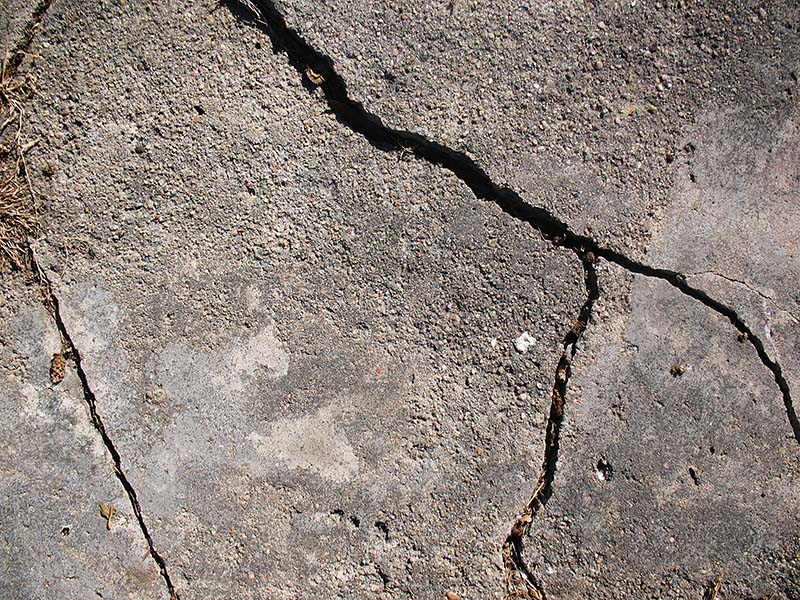
08 Nov How Long Does Mudjacking Last?
Mudjacking, also known as concrete lifting typically lasts anywhere from 3-7 years or more. However, it depends on various factors such as:
- The thickness of the concrete slab
- Substance or material used to lift the concrete
- The type of glue used to seal the slab
- How well the area is maintained
- How much traffic does the slab endure
About Mudjacking
Mudjacking is a process in which a slurry mix material is pumped into the ground, forcing the soil to create a cavity and then pushing up a sunken concrete slab. The top of the concrete slab can be returned to its original grade with an additional layer of new concrete for surface restoration. Most commonly used in repairing cracked and sunken concrete, Mudjacking can also lift heavier objects such as fireplaces and other large structures.
A common concern among consumers is the integrity of the surrounding soil. Mudjacking provides a quick solution to landscaping challenges without requiring additional landscaping or excavation work. By raising sunken concrete, landscaping challenges are quickly resolved while maintaining existing conditions surrounding the affected area.
An advantage of concrete lifting is that it is a cost-effective solution for sinking or cracked concrete. In addition, the process can be completed in a day, and the slab is returned to its original grade with an additional layer of new concrete.
Why is my concrete sinking?
Concrete is a porous material that will, over time, settle and create cracks. If the supporting ground underneath the concrete slab sinks due to vegetation or tree roots compromising its integrity, your concrete can sink more quickly. It’s important for homeowners to understand how their homes are built in order to make informed decisions about problems they encounter on their property.
Homeowners who identify problems associated with concrete sinking and cracking should consider Mudjacking as a solution to lift the sunken areas of their concrete back up, returning it to its original grade.
Can I raise concrete myself?
First, it’s important to understand that there is a difference between Mudjacking and a process known as Slabjacking. Both involve the process of placing a cementitious material underneath sunken or cracked concrete slabs to raise them again. However, Slabjacking requires excavation work and more extensive repairs under the slab.
Mudjacking, on the other hand, requires no excavation work. Instead, the material is pumped under the crack or gap between planes of concrete to lift its surface up again. In the case of both methods, special equipment and materials are used in the process. It’s best to have professionals do the work.
Is Mudjacking safe for my family?
Yes! Mudjacking results in almost instantaneous repairs to your concrete slabs with minimal disturbance to area soil and surrounding landscaping. This process is engineered to lift your concrete slabs – not the soil around it, meaning it is a safe method that will not harm anyone or anything in the surrounding area.
How much does the process of Mudjacking cost?
The cost of mud jacking varies depending on several factors, including location, size of the area being lifted, and the depth to which concrete has sunk. A typical project that only requires the repair of one or two slabs usually runs around $350 – $500. Mudjacking is a cost-effective solution for sinking or cracked slabs. The process can be completed in a day, and the slab is returned to its original grade. However, many factors affect pricing, so it’s best to get multiple quotes before making your final decision.
Mudjacking can improve the look around your home. However, just as important as the safety of leveling concrete to remove trip hazards from your property.


No Comments